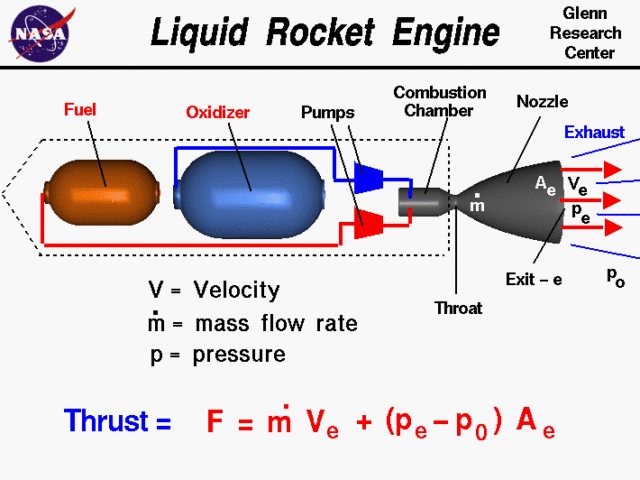A Costa Rican student at Purdue University, in the United States, was recognized by his university for building the first liquid-fuel rocket engine in Central America. This is Roy Ramírez Marín, a 3rd-year student of the Faculty of Engineering of that institution.

Despite studying in the United States, Ramírez preferred to build in Costa Rica, as published by the Purdue University media outlet, ‘The Exponent’. “The point of doing it at home in Costa Rica is so that (people) can do it with ready-to-use components. It is to encourage Costa Ricans to dream a little bit more”, Ramírez told the mentioned media.
Purdue University is a leading research institution and recognized worldwide for its program in aeronautics and astronautics. It is worth mentioning that Ramírez studies in that university since August 2017.
Liquid propellant
Ramírez explained that there are 2 main types of rocket propeller; one solid and one liquid. The engine he made, called P-5, has a liquid propeller. “A liquid is more complicated. It is stored in a liquid state in tanks. There is a system of pipes, pumps, sensors, an injector to mix propellants, measure temperature, pressure, flow rates”, explained the engineer in the middle of his university.

Ramírez used materials available in Costa Rica, although in the United States it has a greater range of possibilities. He also built his theoretical work and conducted tests both in the country, as in Purdue and France. Ramírez’s idea was to create the engine with cheaper and more accessible components in the country, to demonstrate that a project like this does not strictly need state-of-the-art laboratories.
In the project, the engineer had to do much of the programming and financial study on his own, since it was an almost completely independent project. For this, he conducted a market study in which he obtained about 300 quotes from 48 manufacturing companies in 16 different countries for manufacturing.
Propulsion education
The Costa Rican said that the most valuable lessons he learned did not come from building the rocket engine, but from seeing the different perspectives needed to develop the engine, such as financial and manufacturing aspects.
As Ramírez explained to his university, the P-5 was not meant to be a powerful engine; the project was intended to understand the financial, manufacturing and technical implications of building the device.
Currently, the student is trying to establish a collaboration between Purdue, France, and Costa Rica to expand propulsion education in Costa Rica. “I am very proud of the work he has done”, Tyson McFall, Ramírez’s academic advisor at Purdue, told The Exponent.


